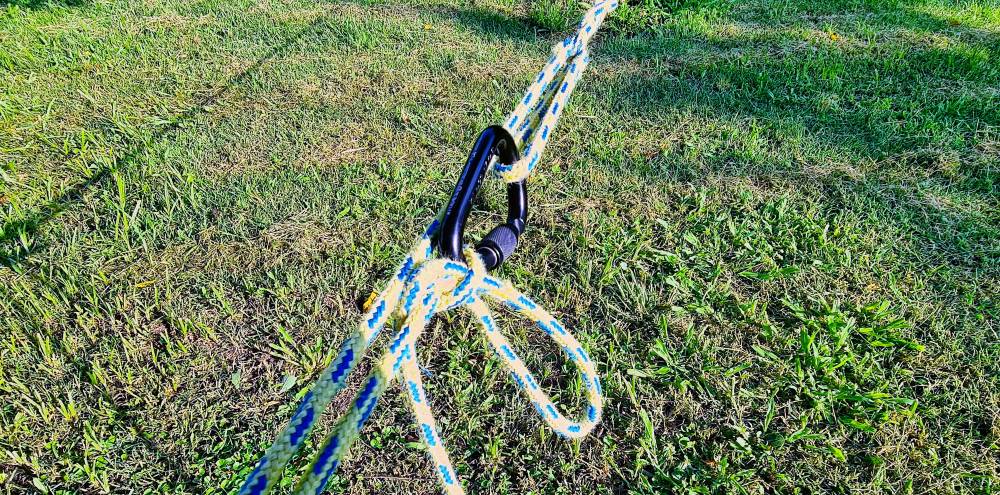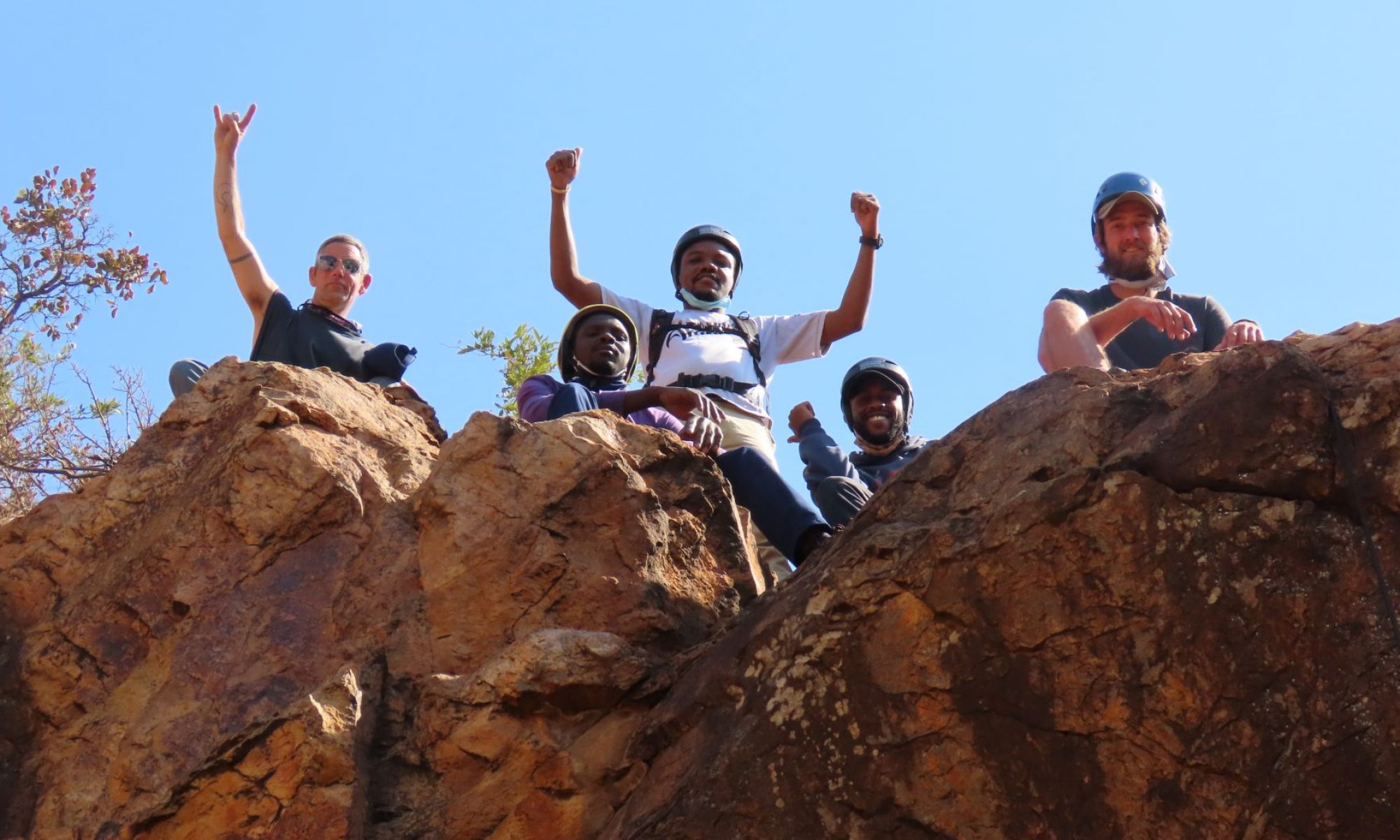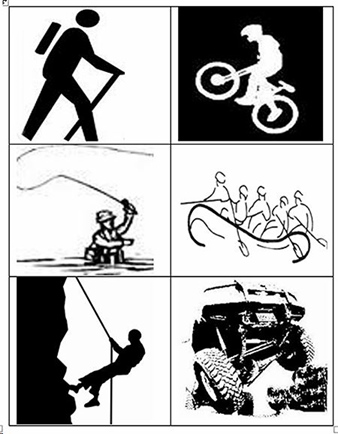Most adventure guides qualify in several skills like those shown in the picture. Adventure activities tend to be seasonal – rafting in summer, hiking in winter – although these may run through the year. It is a career advantage to have several skills because employers look for those who can fill in wherever needed.
To obtain your GASG certificate allowing you to guide legally, you must have a Certificate of Competence, or technical certificate, in whatever skill you are qualifying in. This is issued after tests by a Subject Matter Expert (SME). This may be someone appointed by an Association (eg 4×4 driving association) or appointed by our school.
The technical tests are both practical and theoretical, in the field as well as written. Notes on the theory are provided by us or relevant assocaitions.
Getting experience
You wouldn’t run a marathon without training, and you can’t guide unless you have the necessary background experience, technical skills, and helpful attitude to ensure safety.
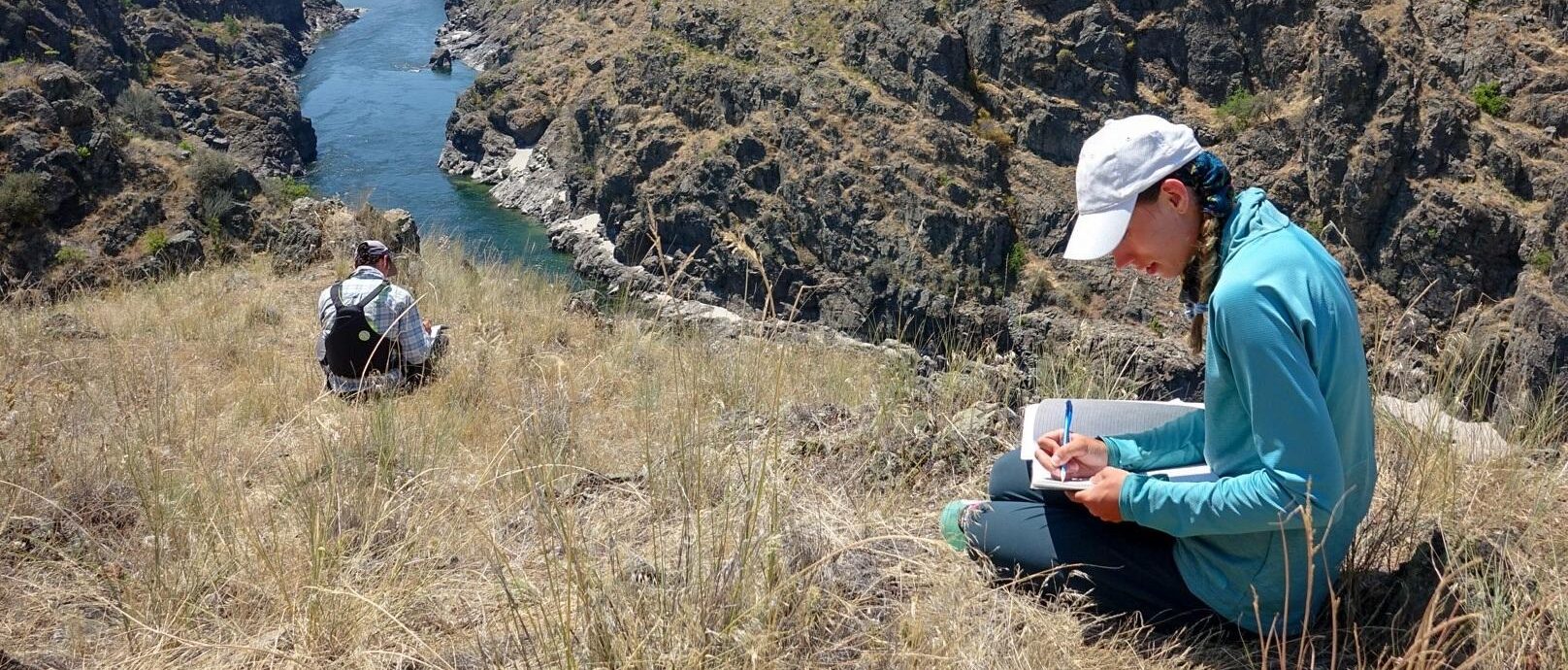
AsAfrica has a wide range of employers on its books and can help you to find work in your preferred fields. While you may submit evidence of guiding with clubs, schools and research trips, it is essential that you get commercial guiding experience as the bulk of your logged time.
Know Your Stuff
It’s been said that the outdoors demand “all the skills human beings ever learnt” – and that’s true in an evolutionary sense. We came from nature and when we’re in it, we use our brains, eyes and ears and hands to keep safe and carry out a multitude of tasks. We are tool-making creatures who use technology (compasses, mobile phones, cycles, ice-picks, inflatable rafts… you name it).
When you are guiding you are required to be an all-rounder as well as someone who knows how to use and care for equipment.
Training and Upskilling
 Our instructors show-and-tell then ask you to repeat. The process of learning is step by step, with bumps along the way. The experience of generations of outdoor guides supports our methods. Our curricula are written for you to study but more important is the mentoring you get from experienced old hands when on training events.
Our instructors show-and-tell then ask you to repeat. The process of learning is step by step, with bumps along the way. The experience of generations of outdoor guides supports our methods. Our curricula are written for you to study but more important is the mentoring you get from experienced old hands when on training events.
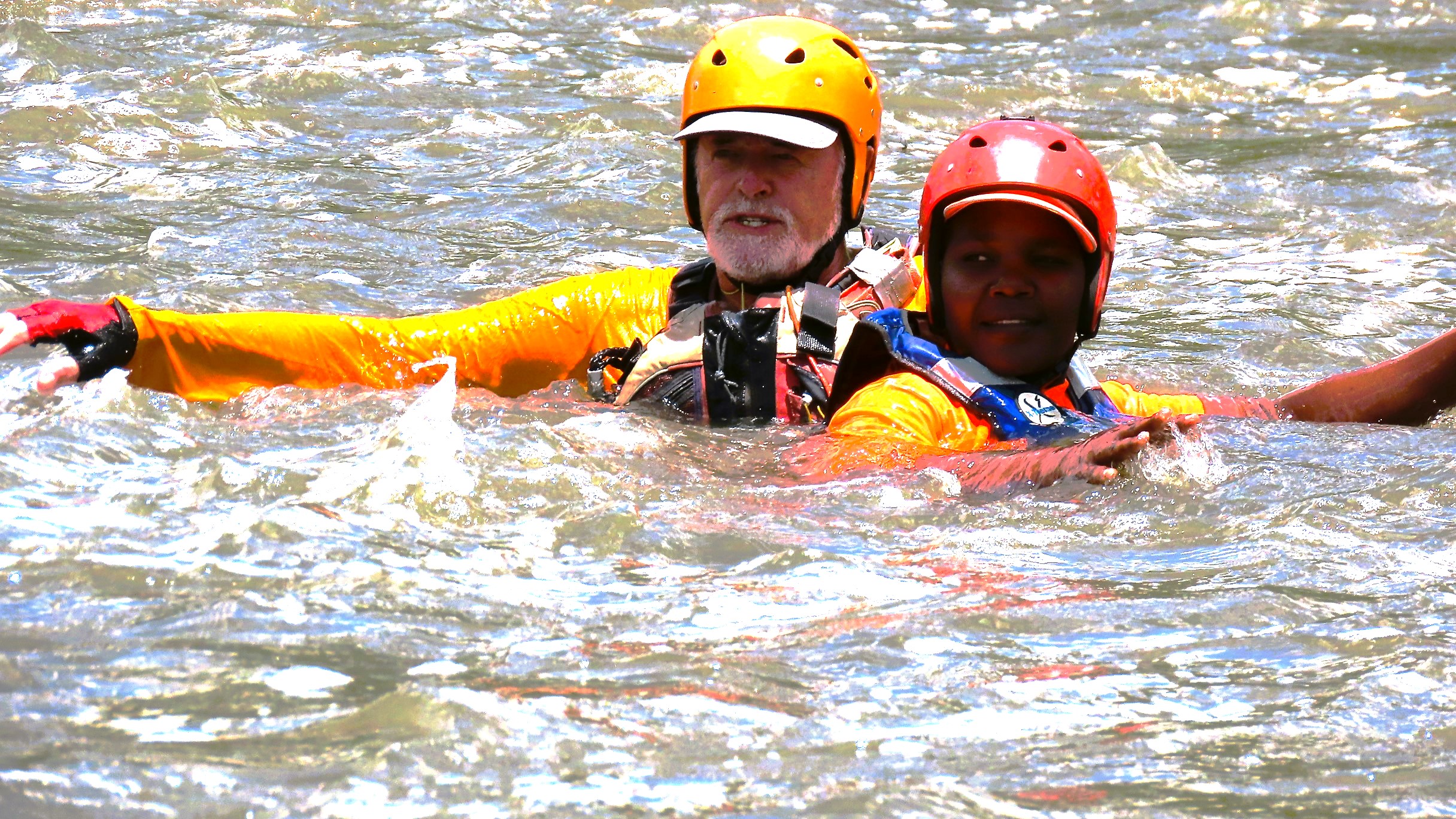
Learning steps
- There are study materials to read. Most are made available free online
- Trails, activities, events and challenges all form part of the training
- Master the ins and outs of equipment, ropes, and accessories
- Keeping notes and analysing what you’ve done, under instruction, builds awareness
- Transport and logistics are a vital part of the guiding profession
- We do scenarios involving group communication, rescues and emergencies
- Assessments follow checklists that clearly state what you need to know
- Certificates are awarded to those who prove competent
- If you are “not yet competent” keep on learning and finally pass the tests
